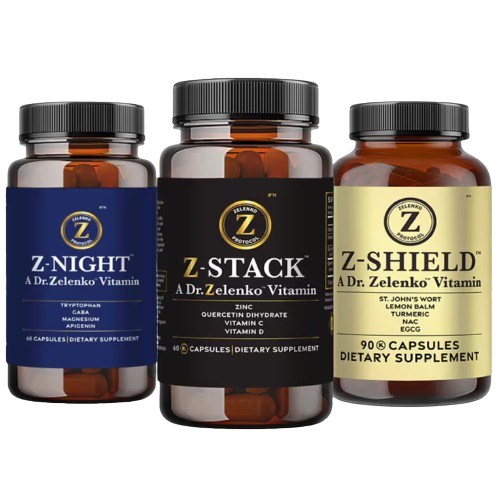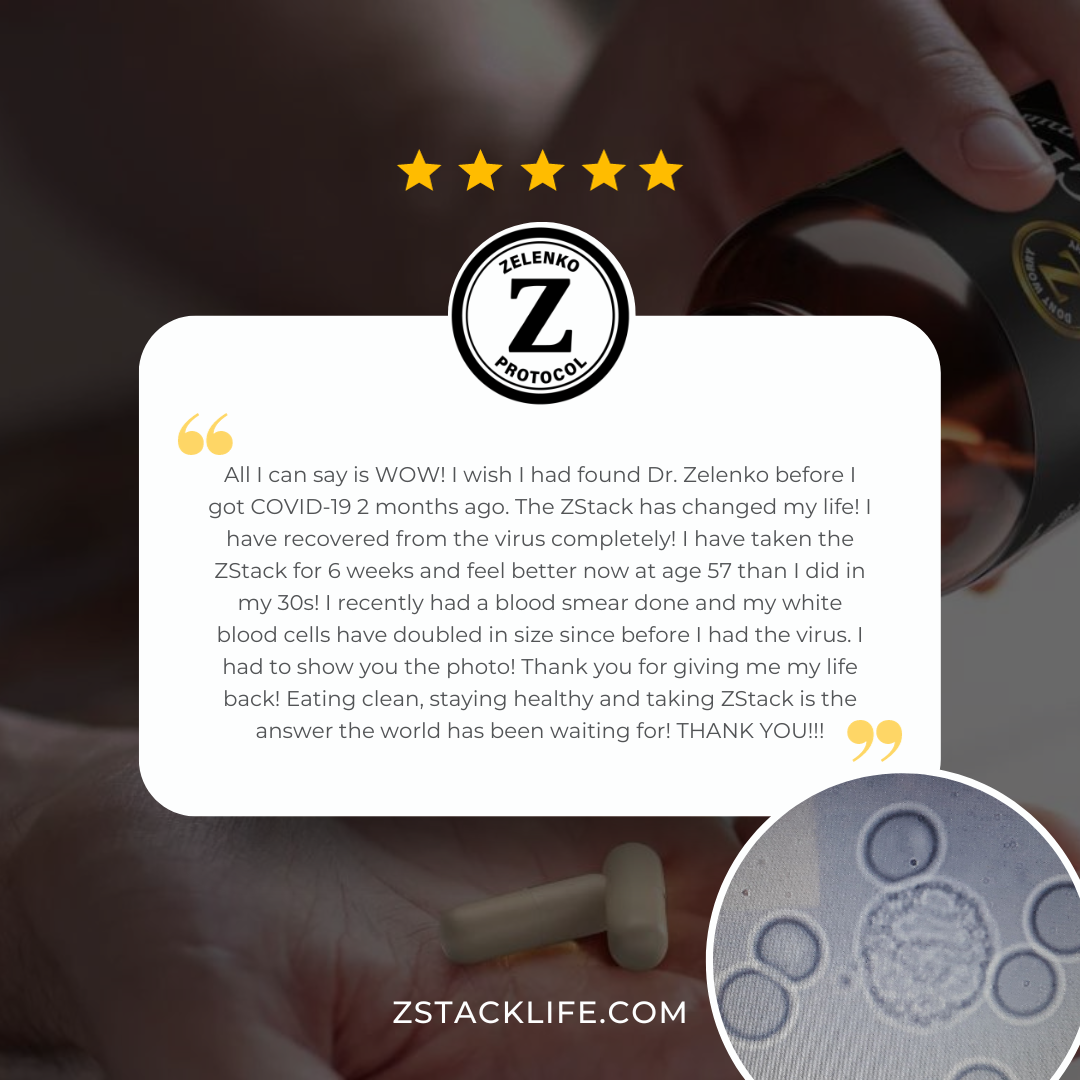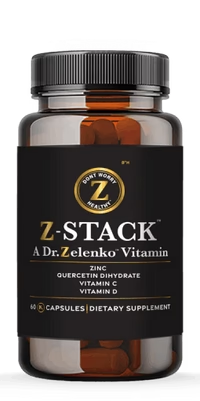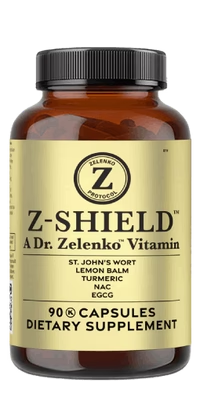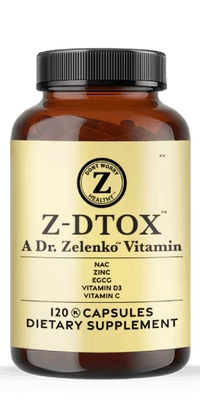You’ve probably heard about the Zelenko Method, a contentious protocol that’s been touted for treating inflammation, especially in the case of COVID-19. As you sift through the myriad of treatment options and emerging research, it’s crucial to assess the veracity of such methods, particularly when they carry both medical and political weight. The Zelenko Method’s combination of zinc, low-dose hydroxychloroquine, and azithromycin suggests a potential therapeutic synergy, but the question remains: does the evidence truly support its efficacy and safety? While proponents point to studies indicating reduced hospitalizations and fatalities, skeptics raise concerns about the lack of rigorous, peer-reviewed data. As you weigh these conflicting viewpoints, consider the broader implications for pandemic management and personal health choices. What lies beneath the surface of this debate could reshape our understanding of treatment protocols in the face of global health crises.
Key Takeaways
- Inflammation is the body’s response to injury or infection and can be characterized by redness, heat, swelling, and pain.
- Vitamin D deficiency is common in patients with inflammation and can impact immune responses.
- The Zelenko Method combines zinc, low-dose hydroxychloroquine, and azithromycin to target anti-inflammatory processes and inhibit viral replication.
- The Zelenko Method focuses on early treatment and risk stratification for better disease management and aims to decrease hospitalizations and improve patient outcomes.
Understanding Inflammation

Inflammation is your body’s fundamental response to injury or infection, often manifesting through redness, heat, swelling, and pain. As you seek to alleviate suffering in those afflicted by acute respiratory syndrome coronavirus, understanding the inflammatory process is vital. A retrospective case series study has examined the Zelenko Protocol, which employs a combination of Hydroxychloroquine (HCQ), Azithromycin (AZM), Zinc, and Vitamin D3 for early treatment of this infection.
The study’s data indicate that nearly all patients were deficient in vitamin D, a nutrient essential for modulating anti-inflammatory and immune responses. This deficiency was severe in more than half of the patients, underscoring the importance of addressing such deficits when treating inflammation.
Moreover, the majority of patients with comorbidities, such as diabetes, heart disease, and lung disease, represent a subgroup particularly susceptible to exacerbated inflammatory responses when infected with the virus. The Zelenko Protocol’s combination therapy, which includes the anti-inflammatory agent HCQ, aims to mitigate these responses.
The inclusion of Zinc is evidence-based, given its role in immune function and potential synergy with HCQ to enhance its antiviral effects. Furthermore, your clinical judgment is crucial when considering the safety profile of these interventions, especially in patients with pre-existing conditions.
It’s essential to analyze the outcomes of such retrospective studies critically, as they guide you toward more effective strategies for early treatment. Your dedication to serving others through healthcare is supported by the continual assessment and integration of emerging evidence into practice, striving for the best possible patient outcomes amidst challenging infections.
Origins of the Zelenko Method
Delving into the origins of the Zelenko Method reveals a targeted approach to COVID-19 treatment, initiated by Dr. Vladimir Zelenko, that strategically combines zinc, low-dose hydroxychloroquine, and azithromycin to combat the virus and reduce severe outcomes. This early intervention and treatment strategy, known as the Zelenko Protocol, came to prominence during the pandemic’s surge when conventional therapies were either ineffective or unavailable.
The clinical rationale behind the Zelenko Method is firmly rooted in the synergistic effects of its components. Zinc serves as a direct inhibitor of viral replication within the cells. However, zinc’s intracellular efficacy is limited by its inability to cross the cellular membrane easily. This is where hydroxychloroquine comes into play, acting as a zinc ionophore, facilitating zinc entry into cells. Azithromycin, added to the regimen, provides coverage against potential secondary bacterial infections, which could complicate the clinical picture in COVID-19 patients.
The triple therapy resulted in significant findings, with high-risk outpatients who were treated showing fewer hospitalizations and fatalities. The Zelenko Protocol’s emphasis on early treatment of COVID underscores the importance of timing in therapeutic interventions. In addition, Dr. Zelenko advocated a simple-to-perform outpatient risk stratification to identify those who would benefit most from his treatment method.
Here’s a brief table highlighting the key components and their roles:
| Component | Role in Treatment | Outcome |
|---|---|---|
| Zinc | Inhibits viral replication | Reduced viral load |
| Low-dose Hydroxychloroquine | Facilitates zinc uptake into cells | Enhanced efficacy |
| Azithromycin | Prevents secondary bacterial infections | Lowered complication risk |
The evidence-based, analytical, and clinical analysis of the Zelenko Method suggests that this combination of zinc plus low-dose hydroxychloroquine and azithromycin could serve as a viable option for early treatment in high-risk patients, potentially altering the course of the disease.
Key Components Examined
Building on the foundational understanding of the Zelenko Method’s components, let’s examine the key elements involved in greater detail to assess their individual contributions to the treatment’s efficacy and safety.
- Hydroxychloroquine (HCQ)
- Initial dose of 400 mg, followed by 200 mg once daily for six days.
- HCQ, when used in conjunction with zinc, has been proposed to enhance antiviral effects.
- The Zelenko Protocol, positing zinc plus low dose hydroxychloroquine, aims to decrease viral replication.
- Azithromycin (AZM)
- Administered at 500 mg once, then 250 mg once daily for four days.
- AZM is utilized to prevent secondary bacterial infection, a complication that can exacerbate patient outcomes.
- Zinc
- Dosage of 30 mg elemental zinc daily for 14 days.
- Zinc impedes viral replication within cells, and the importance of combining zinc with HCQ is emphasized for maximum efficacy.
A retrospective study analyzing these interventions showed that early intervention, specifically in high risk patients treated early, led to a significantly lower hospitalization rate. Risk stratification allows for rapid treatment, which is critical in managing the disease course effectively.
Furthermore, nearly all patients were found to be vitamin D deficient, with a high prevalence of severe deficiency. This underscores the potential role of vitamin D3 supplementation in patient recovery and immune function.
The Zelenko Protocol decreased hospitalizations by addressing early stages of the disease with a targeted approach. Each component plays a distinct yet synergistic role, which is particularly beneficial for high risk patients, emphasizing the need for timely and strategic care.
Mechanism of Action
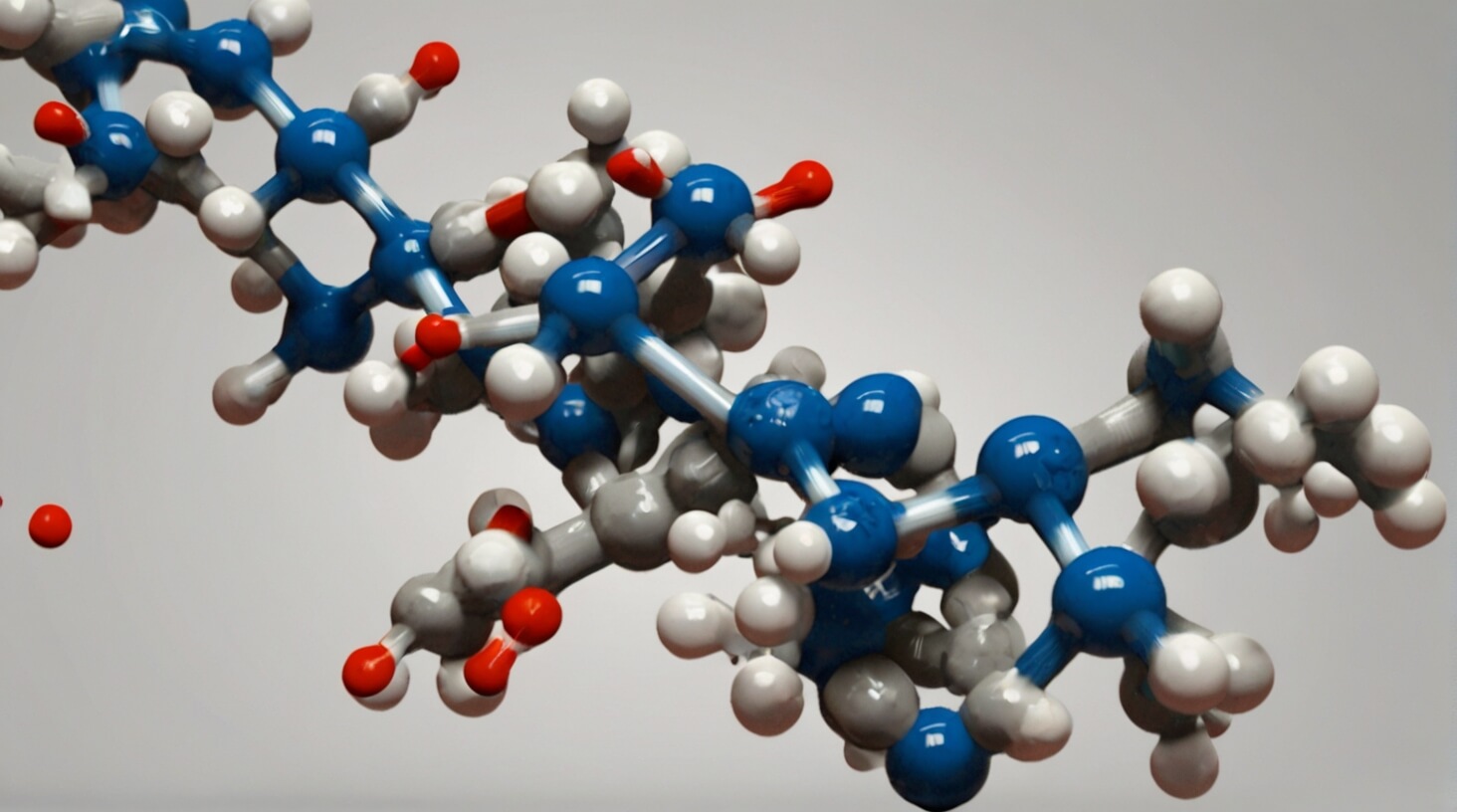
Hydroxychloroquine, by increasing zinc’s cellular uptake, plays a pivotal role in halting the viral replication process within host cells. As you delve into the Zelenko method’s mechanism of action, understand that zinc plus low dose hydroxychloroquine forms a cornerstone of this strategy. Zinc, a mineral well-known for its immune-boosting properties, requires an efficient transport mechanism to effectively inhibit the virus reproduction within the cell. Hydroxychloroquine serves as that gateway, facilitating zinc’s entry into the cells where it can exert its antiviral effects.
Coupled with azithromycin, the regimen aims to prevent secondary bacterial infection that can complicate viral pneumonia. This antibiotic’s inclusion is evidence-based, reflecting a clinical understanding of the pathophysiology of respiratory infections. It’s a critical component of the protocol, ensuring comprehensive care.
The therapeutic synergy of hydroxychloroquine, azithromycin, and zinc, as advocated by Vladimir Zelenko, allows for rapid treatment and early intervention, potentially reducing the progression to severe pulmonary complications. These medications are not only affordable and accessible but are also well-tolerated in pill form, making them a pragmatic choice in the face of a global pandemic.
Your role in serving others is to apply these clinical insights with precision. The Zelenko method’s mechanism of action is not anecdotal; it’s a regimented approach grounded in pharmacological science. By understanding and utilizing this method, you can contribute to the global effort in managing a health crisis that demands prompt and effective responses. Remember, early intervention can be the key to successful outcomes, and the Zelenko method provides a clear protocol to follow.
Patient Experiences

As you consider the Zelenko method’s clinical efficacy, it’s crucial to reflect on the patient experiences that highlight the real-world impact of this treatment regimen. The Zelenko protocol, which involves a combination of hydroxychloroquine, azithromycin, and zinc, has been used to treat outpatients at an early stage of their illness. This approach has garnered attention due to its reported success rates and the experiences of those who have undergone the treatment.
Let’s delve into the specifics through the following patient experience highlights:
- Recovery and Response to Treatment
- Among those treated early with the Zelenko method, a staggering 99.6% fully recovered, with some patients experiencing quicker recovery when IV vitamin C therapy was added.
- These individuals often reported a significant reduction in the severity of their symptoms, underscoring the potential benefits of this treatment regimen.
- High-Risk Patient Outcomes
- Patients with comorbidities such as diabetes and heart disease, who are typically at greater risk, saw a 5-fold reduction in death and an 84% decrease in hospitalizations.
- This suggests that the Zelenko protocol may offer a compelling option for high-risk individuals seeking to mitigate the impact of their illness.
- Safety and Side Effects
- Despite widespread concern about the risk of cardiac side effects associated with hydroxychloroquine, no such adverse events were reported in patients following the Zelenko treatment.
- An analytical review of these patient experiences reveals a lower rate of hospitalization and fatalities compared to untreated patients, indicating a favorable safety profile.
Controversies and Support
Despite reported successes, the Zelenko protocol’s reliance on hydroxychloroquine and azithromycin has sparked intense debate within the medical community, with critics questioning the rigor of the evidence supporting this treatment approach. Vladimir Zelenko and team have advocated for their protocol, citing a study that finds early treatment with these medications, alongside zinc and vitamin D3, significantly reduces hospitalizations and mortality among patients with comorbidities. However, the controversies and support for the Zelenko method are not without complications.
You must consider that the media coverage surrounding hydroxychloroquine has been polarized, often lacking nuance. While some reports highlight potential benefits, others underscore the reported cardiac side effects associated with its use. It’s essential to note that these side effects, although relatively rare, require careful consideration, especially in patients with preexisting heart conditions.
Furthermore, the assertion that azithromycin prevents secondary bacterial infections must be weighed against the need for a rigorous peer review process, which is the gold standard for validating clinical protocols. In the context of ongoing pandemic response policies, it’s crucial to balance the urgent need for effective treatments with the methodological integrity that underpins evidence-based medicine.
As a dedicated healthcare professional, you understand the importance of relying on treatments backed by robust evidence. While the Zelenko protocol has garnered both controversies and support, adherence to the principles of clinical rigor and ethical responsibility remains paramount. All information shared with the public or integrated into treatment strategies should ideally be subjected to the scrutiny of the rigorous peer review process and be available under Creative Commons to ensure transparency and accessibility for the benefit of all.


